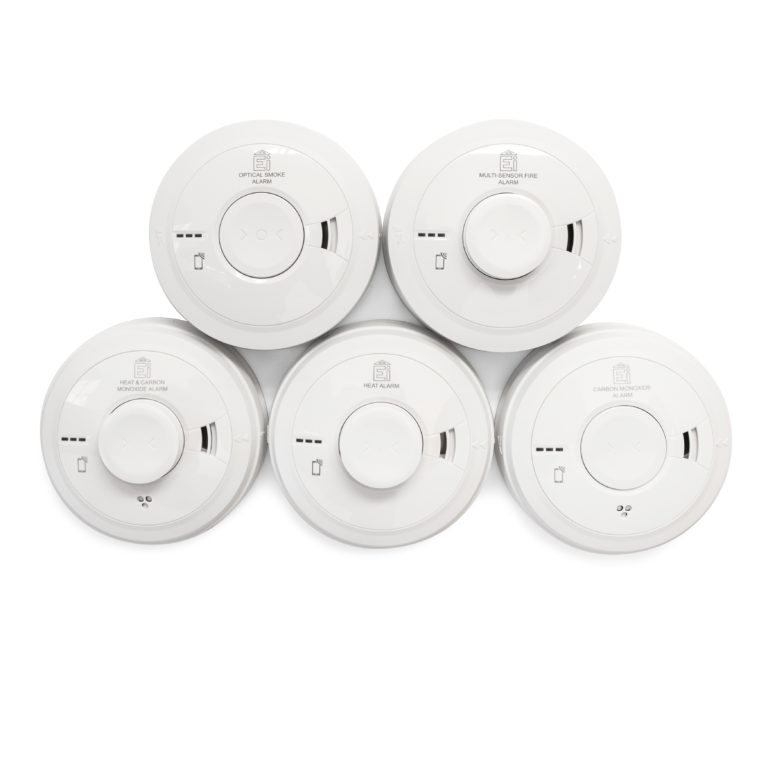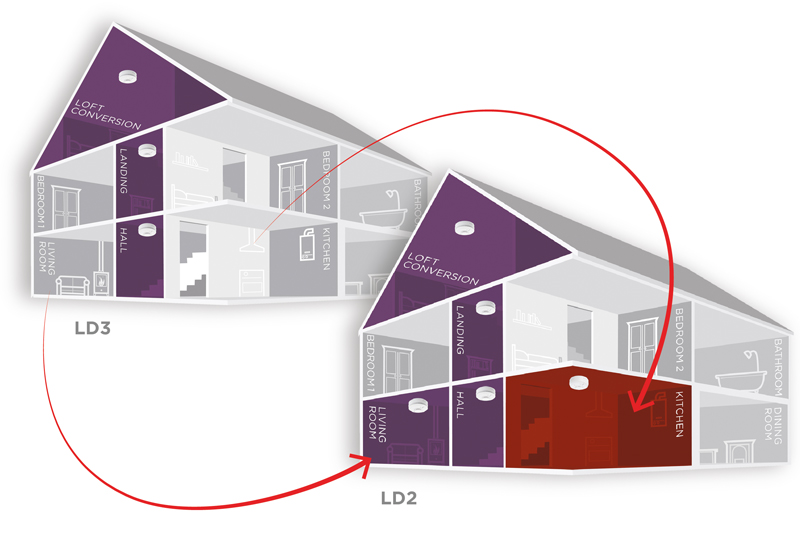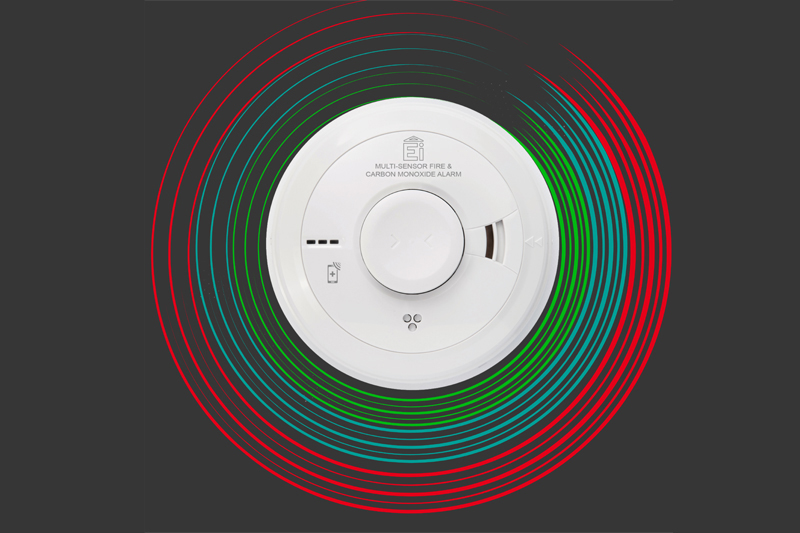BS 5839-6 is the code of practice for the design, installation, commissioning and maintenance of fire detection and fire alarm systems in domestic premises. Andy Speake, National Technical Manager, Aico, explains the importance of these standards.
A new version of BS 5839-6 was released on the 30th April which has some major changes that will impact both you and your customers. These changes relate to the Grades of alarms, which determine the type of alarm to be used, and the Category which identifies the type/level of protection for each identified dwelling.
Grade changes
Under BS 5839-6, Fire Alarms are classified into Grades, from A to F. Grades B and E have been removed in 2019, but with Grade D being the current most common for domestic properties, I will focus on this.
Under the previous standard, Grade D required one or more interlinked mains powered Smoke Alarms (and Heat Alarms if required), each with an integral back-up supply. Under the revised BS 5839-6, Grade D has been replaced with Grades D1 and D2 which differ in terms of the back-up power supply:
D1 calls for a tamper-proof, standby supply consisting of a battery or batteries, with lithium being the standard battery type. These are long-life battery cells lasting the recommended lifespan of the alarm and are designed so they cannot easily be removed by the user. Grade D1 alarms are the preferred option for social housing as they remove the risk factor.
D2, on the other hand, requires an integral standby supply consisting of a battery or batteries (usually 9 volt PP3) which need to be replaced at regular intervals throughout the life of the alarm by the user.
Be sure to ask customers if it’s Grade D1 or D2 alarms they require. If uncertain, D1 is the safest option.
Whilst Grade D alarms feature most heavily in BS 5839-6:2019, Grade F systems also warrant mention here due to changes in Scottish legislation earlier this year which permits their use. Grade F systems use battery-only powered alarms. As with Grade D, Grade F has now been divided into F1 and F2 in the same fashion as that noted above.
New protection levels
Under BS 5839-6, different class of premises are identified and the minimum Grade of Fire Alarm system and Category of fire protection provided for that specific type of property are listed. It is here, in the 2019 revisions, that we have seen the biggest changes that will have a major impact on what type of Fire Alarms are fitted and where. In the main this is due to an increase in the Category of fire protection from LD3 where previously listed, which requires one mains powered Optical Alarm in the hallway and another upstairs on the landing, interconnected together, to Category LD2.

LD2
LD2 involves additional alarm coverage, with a Heat Alarm in the kitchen and a further Smoke Alarm in the main living area, once again all interconnected.
This upgrade in fire protection is most notable in existing rental properties and Houses in Multiple Occupation (HMOs):
Existing two to three storey maisonettes and houses in the rental sector have now been upgraded from the low Category of fire protection (LD3) to the medium Category LD2 and graded D1, i.e. mains powered alarm with tamper-proof battery back-up power.
Existing Houses in Multiple Occupation (HMOs) have been set as Category LD2, whereas before it was a mixture of LD2 and LD3 depending on the nature of the property and inhabitants. Grade D1 is now the requirement.
Other property types that have made an appearance in the BS 5839-6 property classification are supported housing and short-term holiday lets. Both are allocated the highest category of protection, Grade D1, LD1.

Future implications
BS 5839-6:2019 is a standard for fire detection and Fire Alarm systems in domestic premises, not a set of legal requirements; there is no penalty if an organisation or individual chooses to ignore the standard and no date for ‘compliance’. However, the standard is considered best practice and those who choose to ignore it do so at their own risk. Certainly, social housing organisations place great emphasis on it and complying with it is regarded as essential.
Many have been moving towards LD2 systems over the past year in the anticipation of the revisions and we are now witnessing a large number rewriting their alarm specifications accordingly and planning upgrade programmes.
With the 2019 revisions we have benefitted from greater clarity and, in a number of cases, an increase in the level of fire protection. Of course, with this comes a need for additional alarms per property which represents an increase in unit sales for the wholesaler, but also a chance to upsell to higher value alarms with greater features and functions. For example, Fire Alarms that come with wireless alarm interconnection technology, such as Aico’s RadioLINK+ and SmartLINK, will make for faster installation, which is sure to be welcome by your customers.
With larger Fire Alarm systems comes issues over control and maintenance as more alarms will need to be tested, plus it’s important to be able to locate the precise alarm which originally triggered. Here you have the opportunity to advise customers of useful system accessories, such as an Alarm Controller which comes with test, silence and locate features for all alarms on the system. It adds valuable control to an LD2 system and represents further sales opportunities.
BS 5839-6:2019 builds on the success of the original standard which all installers will be familiar with. Pointing out the key changes and advising your customers of how they can meet the revised standard is a valuable service, whilst also providing additional sales opportunities for yourself.




